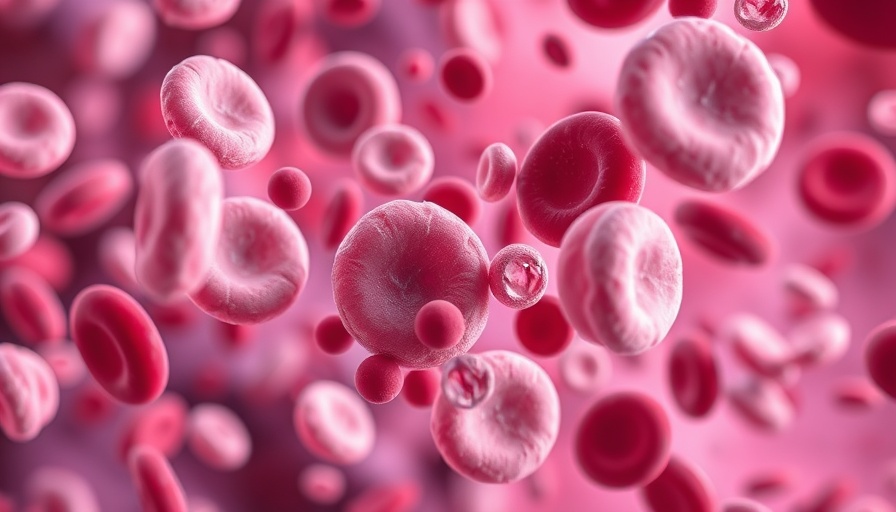
The Promise of Early, Aggressive Blood Pressure Treatment
Recent research has illuminated a pivotal shift in the management of intracerebral hemorrhage (ICH). The findings indicate that initiating intensive blood pressure (BP) lowering within a few hours after an ICH can lead to significantly improved neurologic outcomes. Contrary to the more conservative approaches that have governed treatment protocols, aggressive management shows promise in saving lives and reducing long-term disabilities.
Methodology Behind the Findings
The study, which pooled data from the four Intensive BP Reduction in Acute Cerebral Hemorrhage Trials (INTERACT1-4), examined 10,269 adults presenting with acute ICH symptoms. The results were particularly striking: patients receiving intensive treatment targeting systolic BP of less than 140 mm Hg within one hour of symptom onset fared much better than those subjected to standard care, where the target was 180 mm Hg.
Timing is Everything: The Best Results
What makes these results compelling is the emphasis on timing—those who began treatment within three hours of the onset of ICH saw a notable decrease in serious adverse events and mortality rates. The analysis revealed that the odds of poor functional recovery, defined by a modified Rankin scale score of 3-6, dropped significantly for the intensive treatment group. This statistic underscores the urgent need for timely intervention in ICH cases.
Comparative Outcomes: Intensive versus Standard Treatment
Patients who received aggressive BP management experienced an odds ratio of .85 for better physical function. Moreover, instances of neurologic deterioration were reduced, and even the rate of serious adverse events and mortality showed significant decline. Specifically, the odds of death were reduced by 17% in the intensive group.
Imaging Insights: Understanding Hematoma Growth
Interestingly, although CT scan studies demonstrated no significant difference in hematoma growth in the initial 24 hours between both treatment groups, a nuanced analysis suggested that early intensive BP management might curb hematoma expansion in nearly 25% of cases. The overlap between rapid BP reduction and reduced hematoma size hints at deeper physiological mechanics that warrant further investigation.
Broader Implications for Healthcare Practices
As healthcare providers absorb these findings, there’s a clear call to action: reevaluate existing protocols that may delay aggressive BP treatment. The current paradigm, which often prioritizes more conservative management, could be missing an opportunity to enhance recovery outcomes. The research advocates for hospitals to equip emergency departments with rapid-response capabilities for patients showing ICH symptoms.
Conclusion: A Call for Action in ICH Management
The implications of this research extend beyond clinical settings; they touch upon training for healthcare professionals, emergency response protocols, and patient advocacy for faster care. As these studies gain traction, a shift in how we conceptualize and treat ICH could redefine patient lives for the better.
 Add Row
Add Row  Add
Add 




 Add Row
Add Row  Add
Add 

Write A Comment